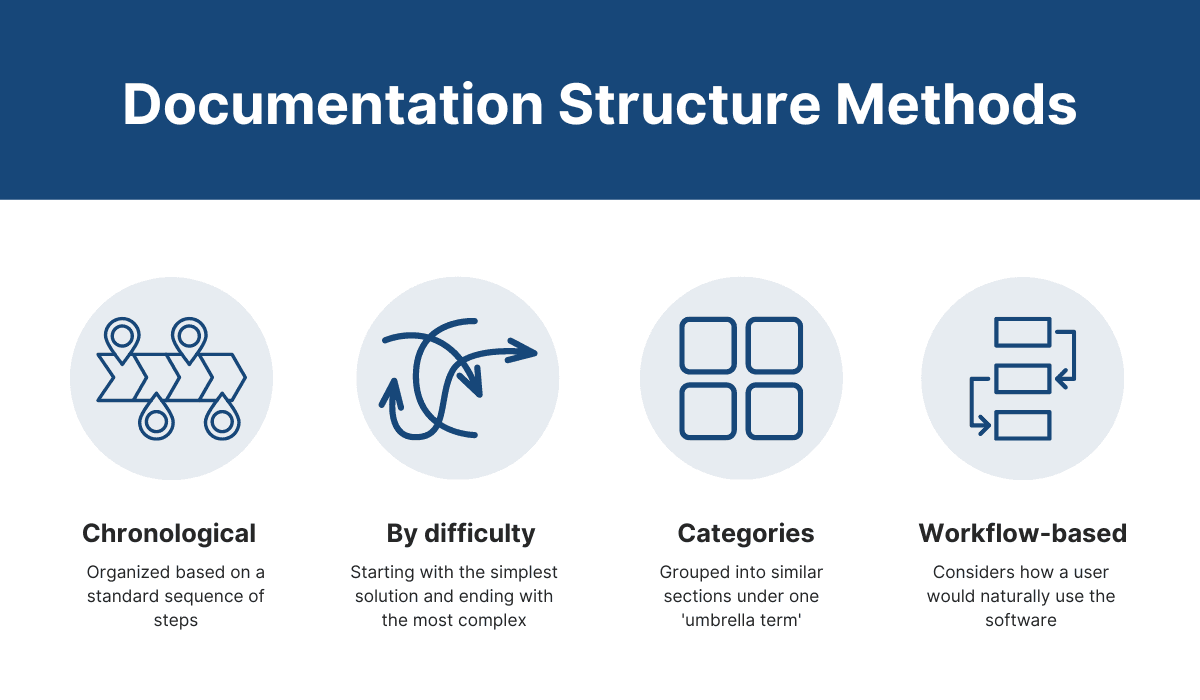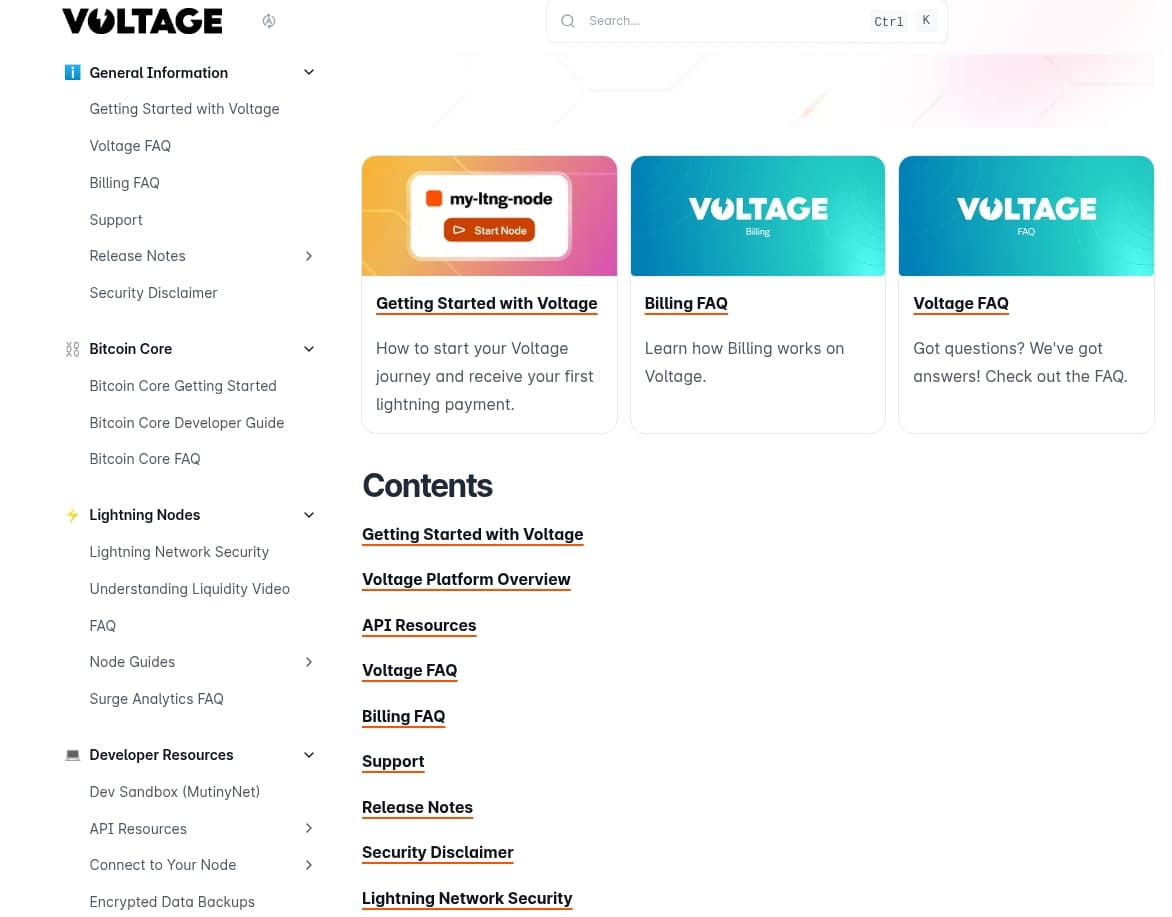How many times have you decided against buying a SaaS product because you didn’t find relevant information in their documentation? Without easy-to-understand, actionable documentation, SaaS and API-reliant products stand no chance, considering the high competitiveness of the industry.
In this article, we are going to show you the less obvious, but still crucial, costs of having poor documentation.
The real cost of poor documentation
Reduced productivity caused by time spent searching for information
All employees search for information. However, developers tend to spend considerable time looking for relevant insights. According to the Stack Overflow Developer Survey, 62% of developers spend over 30 minutes each day looking for answers to poorly documented issues, with 25% exceeding an hour. This translates into significant weekly productivity losses.
Developer frustration and increased turnover
Poor documentation causes frustration, impacting developer morale and leading to increased turnover. The JetBrains Developer Ecosystem Survey indicated that nearly half of developers associate inadequate documentation with dissatisfaction at work, influencing their decisions to leave their roles. High developer turnover not only disrupts ongoing projects but also significantly inflates hiring and training costs.
A study from StackOverflow shows that technical documentation is the primary source for research when developers want to learn to code.

Source: Stack Overflow Developer Survey
Higher costs for support
Poor documentation drives users to submit more frequent and complex support requests, burdening teams and stretching resources thin. This results in longer ticket resolution times, frustrated end-users, and increased operational costs. A poorly written knowledge base article can cost an organization significantly. For instance, if an agent's time costs $14 per hour, and a bad knowledge base article causes an agent to spend an extra 5 minutes per interaction, this equates to $1.16 wasted per use.
Lost revenue and opportunities
Clear, effective API documentation is critical in winning business. SaaS providers with subpar API documentation risk losing significant market share to competitors with clearer resources. Also, poor documentation leads to delays in software releases. This can negatively impact existing end-users and lead to a higher churn rate.
Is your documentation costing you money?
There are a lot of costs associated with poor documentation. But how can you know for sure that you need to improve your docs or knowledge base? Here are a few important indicators:
Slow onboarding processes
Yes, there are many complicated products with in-depth features that require more training. However, extended onboarding and training periods indicate documentation gaps, delaying product adoption and customer integration. This can increase the time-to-value and reduce customer satisfaction. Also, poor onboarding is one of the leading causes of churn. As you know, first impression matters, and if you’re customers have a bad experience during onboarding, you risk losing them.
Rising support workloads
An increase in repetitive or basic support queries is a clear sign that users struggle to independently find answers within existing documentation. This increases operational costs and reduces overall support efficiency. End users should be able to find the answers to generic questions on their own, instead of contacting your support team. Actually, users expect businesses to provide self-service. 67% of customers prefer self-service options over speaking to customer support.
If you see a surge in the number of support tickets as your customer base is increasing, then you should look into your documentation for answers.
Internal knowledge silos
Poor documentation doesn’t impact only your users. When internal documentation is poor or inaccessible, employees resort to informal knowledge sharing. This causes inconsistencies, miscommunication, and duplication of effort. This lack of structured information negatively impacts productivity and team collaboration. Documentation should act as a single source of truth for all of your teams.
How to quantify the impact of poor documentation
There are some signs that your documentation is lacking actionable information or that it is poorly edited. However, to build a case for documentation investment to improve your docs or to monitor if your documentation is relevant, you should analyze the following metrics.
Support ticket analysis
Quantifying the impact of poor documentation begins with analyzing support ticket data.
Track the number of support tickets generated specifically due to unclear, outdated, or missing documentation. Categorizing these tickets provides a clear view of how often documentation fails customers.
Measure the average resolution time for documentation-related tickets compared to other types. Typically, tickets requiring explanation due to poor documentation take longer to resolve, increasing costs.
Calculate the cost per ticket and project the monthly and annual financial impact of documentation-related support inefficiencies.
An ongoing audit of support tickets can identify recurring documentation gaps that, once addressed, can lead to significant cost savings.
Developer churn metrics
Use exit interviews and internal surveys to assess how often documentation quality is cited as a source of frustration.
Track voluntary attrition rates among developers and technical staff. Compare turnover rates with benchmarks in companies known for strong documentation practices.
Calculate the direct costs associated with replacing churned employees and end-users.
A high developer churn rate tied to documentation frustration often indicates systemic issues that undermine long-term organizational health.
Customer integration failures
Poor documentation often leads to failed integrations, trial failures, and lost sales opportunities.
Track trial-to-paid conversion rates and monitor feedback for documentation-related complaints during trial or onboarding phases.
Document cases where integrations were abandoned or delayed due to missing or unclear documentation.
Estimate the potential lifetime value of each lost customer or partner and aggregate these figures to reveal the true revenue impact.
By tying customer drop-off points directly to documentation quality, organizations can make a strong business case for immediate investment in documentation improvements.
How to improve your documentation
Streamline the structure of your documentation
The first step towards a clear and relevant documentation is creating a structure. Without a structure, your end-users won’t be able to find the information they are looking for. Choose between the 4 main approaches depending on what works for your product.

Source: Archbee
Here’s an example of using a “categories” approach for documentation. Voltage’s documentation is well structured. The sidebar groups documentation into umbrella topics like General Information, Bitcoin Core, Lightning Nodes, and Developer Resources.
Each of these categories contains related subtopics, rather than following a strict order of steps (Chronological), difficulty level (By Difficulty), or user flow (Workflow-based).

Source: Voltage
To create documentation that is easy to read and navigate, you need to break down content into distinct, standalone topics. You can use standardized templates and styles to ensure uniformity across all documentation. Also, you should establish a schedule for periodic reviews to keep content current and relevant.
Make it easy for developers to search for information
How many times have you tried to find information on a website or a doc, only to discover that you can’t find it? It’s a frustrating experience. To avoid this, you need to improve the search capabilities of your documentation. Start by indexing all content, including headers and code samples, to implement full-text search. Also, you should use descriptive metadata to improve searchability and categorization of documents.
To make it easier for developers, support natural language queries with AI-powered search. For example, Archbee provides an “Ask AI” feature that allows your users to ask natural language questions that have the context of the knowledge in your workspace.
Make sure to regularly analyze search queries and results to identify gaps and areas for improvement.
Create effective documentation workflows
An optimized workflow helps teams produce better documentation faster. Start by planning your content. Use outlines and templates to keep things consistent. Collaborate with teammates in real time or asynchronously to reduce delays.
Use version control to track changes, speed up reviews, and avoid duplicated effort. Platforms like Archbee bring it all together with intelligent search, markdown support, and integration with your development tools.
Tools that help businesses maintain high-quality, up-to-date documentation
Maintaining high-quality documentation requires more than just good writing. It needs the right processes and tools. Documentation platforms simplify this by enabling real-time collaboration, so teams can update information as products evolve. Built-in version control ensures that every change is tracked, making it easy to review updates and avoid outdated content.
Smart templates and a versatile editor help teams create consistent, professional documentation without starting from scratch. Features like intelligent search, role-based access, and seamless integrations with development and project management tools ensure that documentation remains organized, relevant, and easy to maintain as the business grows.
By removing the friction from updating and managing content, platforms like Archbee empower teams to keep documentation relevant and deliver a better experience for both internal users and customers.
Using a documentation platform can help you improve documentation and lower your costs. Procesio, a business workflow automation software, needed a documentation platform that would allow them to create easy-to-understand technical docs for developers. After adopting Archbee, they managed to reduce the onboarding time and improve support for their users.
“Archbee was very good in helping us reduce the time needed by our support team to onboard new users or to answer technical questions. Archbee offers an experience that enables our users to search for the proper information they need.”
Improve your documentation to avoid unnecessary costs
Poor documentation is not just a minor inconvenience. It is a significant business risk that silently impacts productivity, increases operational costs, frustrates both users and employees, and causes substantial revenue loss. Companies that fail to prioritize high-quality documentation will face slower onboarding, higher support costs, greater developer churn, and missed business opportunities.
On the other hand, investing in modern documentation strategies, from modular content structures and AI-driven search tools to integrated agile workflows, leads to measurable improvements. High-quality documentation enhances customer satisfaction, streamlines internal operations, reduces support burdens, and protects valuable revenue streams.
The organizations that recognize documentation as a core asset, and not just a support function, position themselves for faster innovation, stronger market differentiation, and sustained success.
Schedule a demo to see how Archbee can help you optimize your documentation practices.
Frequently Asked Questions
Weak docs force people—especially developers—to hunt for answers instead of building. Surveys show most devs spend 30+ minutes a day searching, which breaks flow, delays work, and fuels context switching. That friction leads to frustration, more back-and-forth with support, missed deadlines, and ultimately higher turnover. When developers can’t trust or find the right information, morale drops, onboarding drags, and replacement and training costs rise.



